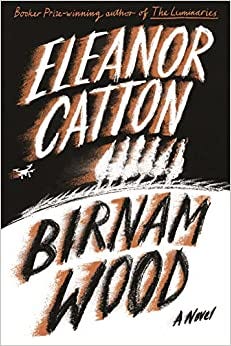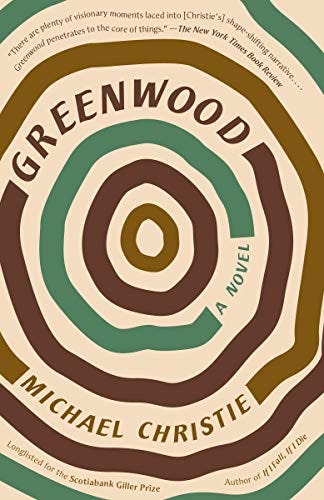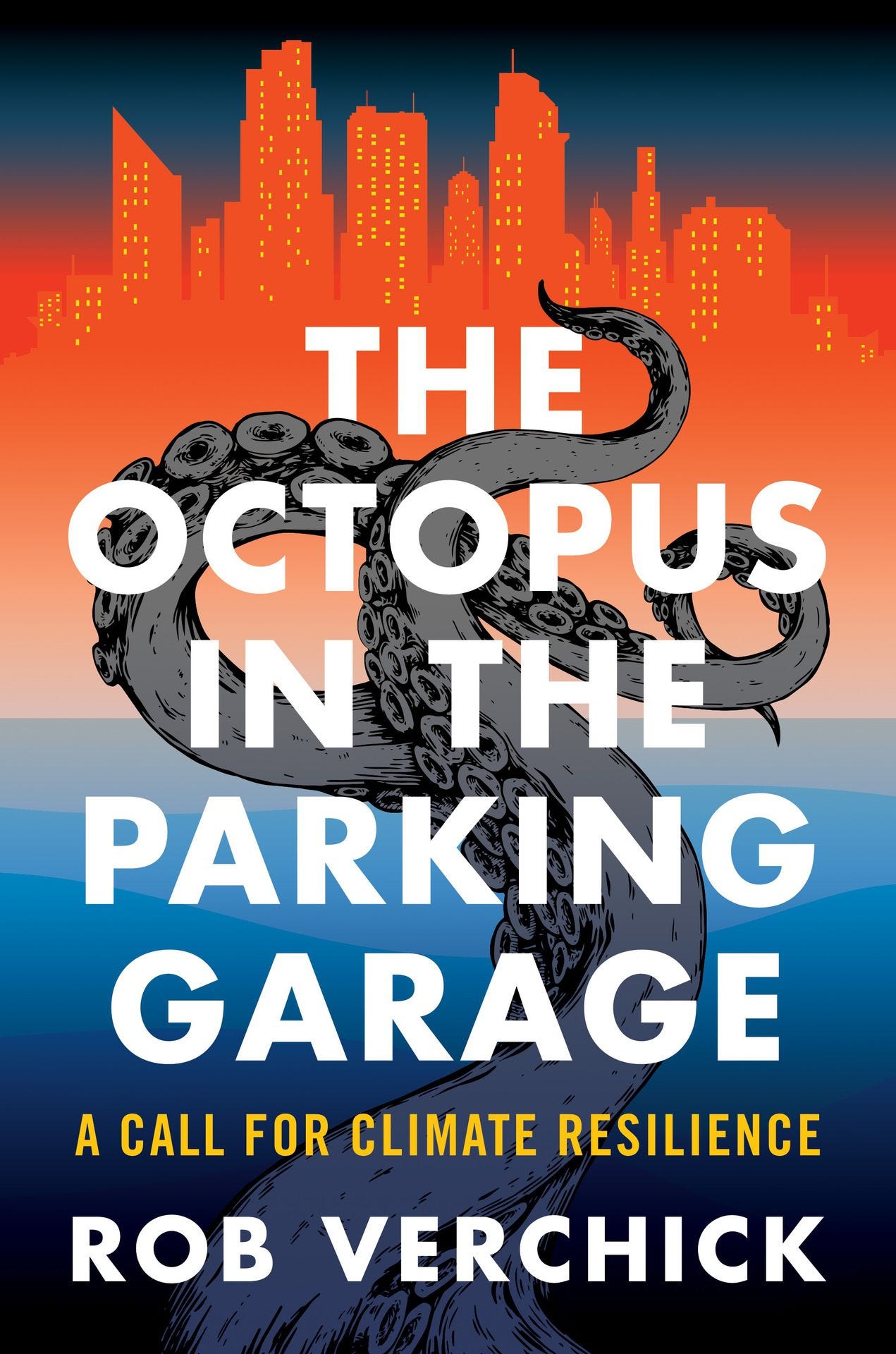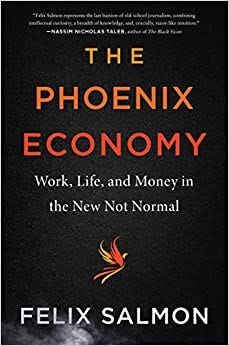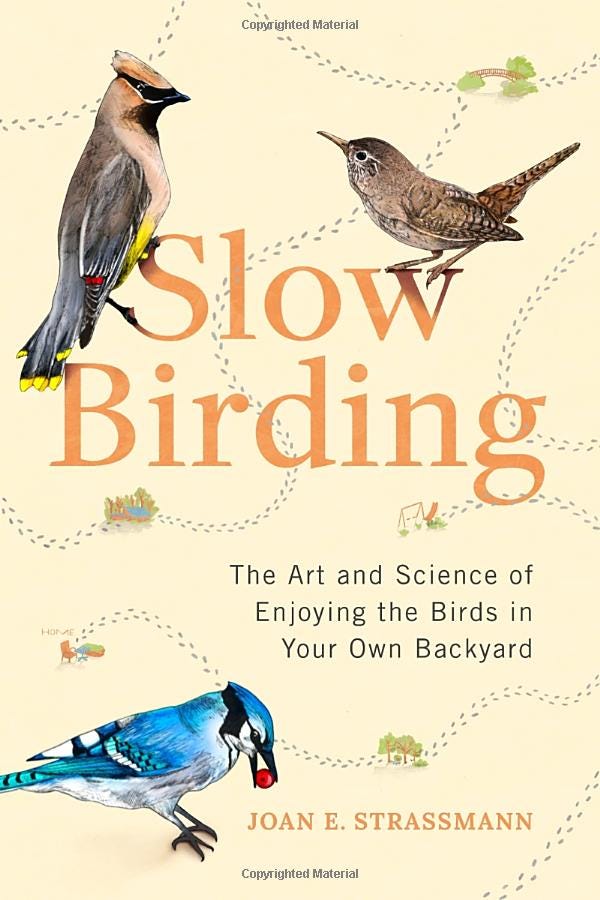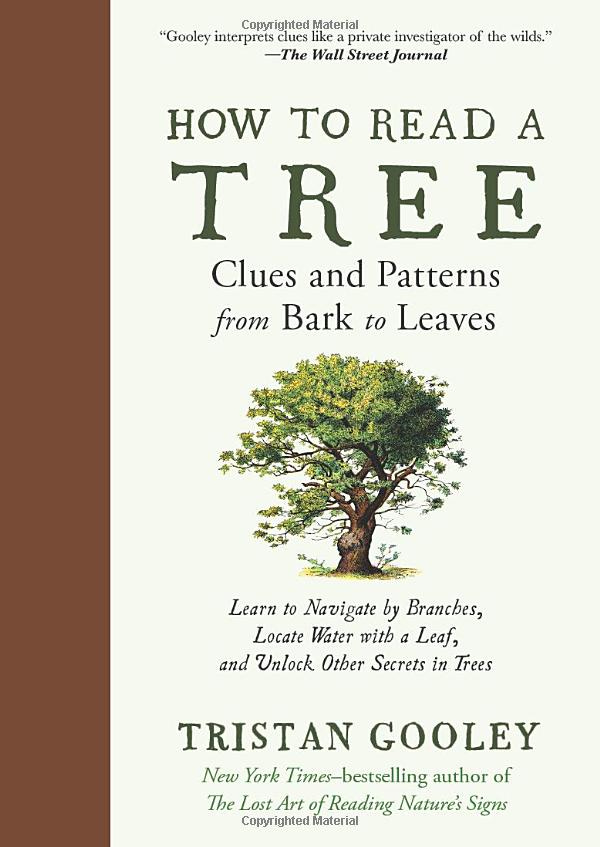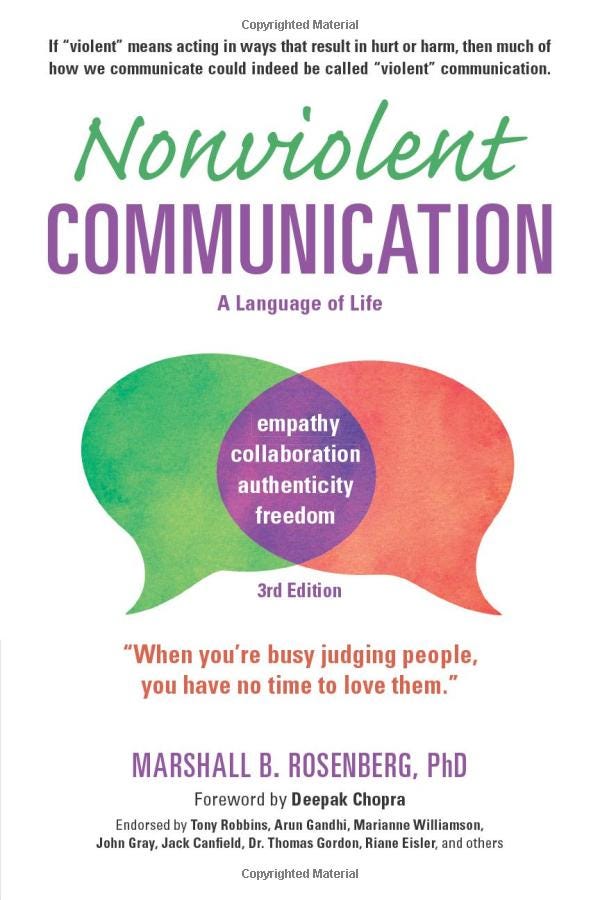It's been a while since we published a post on books, so I thought I’d share my “hottest” recommendations, just in time for summer.
Birnam Wood: A Novel by Eleanor Catton
Expectation: I started this book because I thought it was another climate fiction ("cli-fi") novel — a genre I not only enjoy but think is important.
Reality: A superb thriller and a great read in all respects.
My Take: Eleanor Catton is an amazingly talented writer. I loved this book and can convey bonus recommendations from my wife and one of our daughters.
Further Reading: Ministry for the Future, by Kim Stanley Robinson, Termination Shock by Neal Stephenson, and The Deluge by Stephen Markley. All great and all suited for the beach (so long as you're a climate geek like me who doesn't mind taking a close look at a possibly dystopian near-future.)
Greenwood: A Novel by Michael Christie
Expectation: Again, I thought this would be cli-fi. It is, in part — some of the action takes place in a climate-ravaged 2038. But much more of the tale occurs over the prior century.
Reality: A very hard-to-put-down multi-generational saga. The novel runs through a large cast of characters over time but the constants are the larger-than-life Greenwood brothers (don’t mess with them), their descendants, and the stunning forests of North America.
My Take: You'll love it if you're also a fan of other must-read forest-themed novels like The Overstory (Richard Powers), Barkskins (Anne Proulx), Deep River (Karl Marlantes), or Sometimes a Great Notion (Ken Kesey). I loved each of these books, and Greenwood is just as compelling as any of them. I highly recommend this superb novel. (Hank Stamper would approve!)
The Octopus in the Parking Garage: A Call for Climate Resilience by Rob Verchick
Expectation: I picked up this book looking to learn more about climate resilience. Verchick is a professor, so I expected an academic tome. I was wrong.
Reality: Focused on how humankind can justly adapt to inevitable climate change, the author explores how we’ve been doing so from our earliest days on the savanna to modern times.
My Take: Even though it covers a tough topic, this book is a joy to read. It's so well written and wide-ranging — the reader learns so much.
Further Reading: This daring book helped me prepare a recent speech on how the private sector can help society adapt to climate change.
The Case for Nature: Pioneering Solutions for the Other Planetary Crisis by Siddarth Shrikanth
Expectation: A book that addresses the biodiversity crisis and makes the case for investing in nature (i.e., not exactly a beach read but a critical issue nevertheless)
Reality: To me, it read like a much needed, very comprehensive, well-reported, and fun-to-read update on Nature’s Fortune: How Business and Society Thrive by Investing in Nature, which Jonathan Adams and I co-wrote back in 2013.
My Take: Superb! The good news is that the world has come a long way since our book was published. More private sector players are now focusing on this as a priority, they're collaborating with communities and NGOs, and innovation abounds. Siddarth’s lively report is inspiring. Well done!
The Phoenix Economy: Work, Life and Money in the New Not Normal by Felix Salmon
Expectation: Does the world feel to you like it has changed a lot recently? That's what I’ve been feeling so I wanted to read a book about it.
Reality: Salmon is a witty journalist who covers everything – NFTs, meme stocks, YOLO, various “black swans” – that is new since Covid. Spoiler alert: It's a lot.
My Take: This is good stuff to know for environmentalists around my age. To state the obvious, younger people see things very differently than folks like me. But all of us need to better understand one another if we are to build a larger constituency for nature. This book should help. It's a fun read too.
Slow Birding: The Art and Science of Enjoying the Birds in Your Own Backyard by Joan E. Strassmann
Expectation: I have to confess, even though I had the opportunity to go on birding trips in some of the most spectacular settings all around the world in my days at TNC, I never got very far in terms of my own birding skills. I'm more comfortable birding very slowly in my backyard.
Reality: A great guide that I am putting to use with keen interest.
My Take: It’s building my confidence! Watch out birders – here I come.
How to Read a Tree: Clues and Patterns from Bark to Leaves by Tristan Gooley
Expectation: Again, although I learned a lot about forests in my TNC days, I often felt like an amateur when contemplating trees one by one. Time to uplevel. As the saying goes (sort of), “don't miss the trees for the forest.”
Reality: This book is so much fun to read, and (like Greenwood) it immediately helps one make sense of what trees are doing. (Yes, doing. Trees are very active and strategic).
My Take: The clues lie in plain sight, but I never really saw them until now. Once you see it, you won’t believe how much you were missing.
Nonviolent Communication: A Language of Life: Life-Changing Tools for Healthy Human Relationships by Marshall B. Rosenberg
Expectation: Solid advice by one of my mentors on how we can better work together in solving shared challenges.
Reality: An important read that helps us learn how to emphasize our compassionate sides.
My Take: Maybe this book requires more effort than the others, but please check it out. I believe that environmentalists will have much more success protecting nature if we can work by the principles Rosenberg articulates.
East of Eden by John Steinbeck.
Expectation: I don't think I would have picked this up again but for my book club.
Reality: A sprawling, sometimes brutal and, of course, very famous novel. To me, Steinbeck seems more ambitious than many contemporary novelists as he tackles big ideas like good and evil in society over three generations. I also like how he pays homage to the natural setting of the Salinas Valley.
My Take: Maybe you read this in high school like me or saw the movie with James Dean. But I was dazzled re-reading this, and it has prompted me to pay more attention to the classics. We're now listening to The Grapes of Wrath at home and, of course, it's just as good.
Extra Credit:
When I was just starting out in the environmental world, I relied on books to help me get up to speed. I asked all of my enviro friends for recommendations. It was fun for me to discover so many great books about nature and the environmental movement. If you’re like me, you might like my all time top 10 environmental book list.
Even More Extra Credit:
I don't want you to think I'm spending all of my free time reading books about the environment. Don't worry. I'm also practicing guitar and reading books about my rock n’ roll heroes. Here are two new great rock books:
If you admire Paul McCartney (and how can any music fan not admire Paul?), check out The McCartney Legacy: Volume 1: 1969-73 by Allan Kozinn and Adrian Sinclair. Fair warning — this book is a huge tome (and it's only volume 1 and only covers four years!), but I’m finding it endlessly fascinating. The authors get into all of the details (over the period right after the breakup of the Beatles -- a tricky but musically important time for Paul). Fascinating.
If you’re a Steely Dan fan (again, hard not to be), you should read Quantum Criminals: Ramblers, Wild Gamblers, and Other Sole Survivors from the Songs of Steely Dan by Alex Pappademas and Joan LeMay. Even the blurbs for this wild book are great. Song by song, LeMay does the artwork while Pappademas tackles the analysis. The songs provide plenty of good material for them.
Onward,




